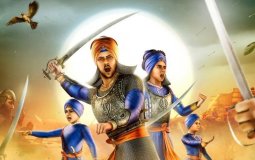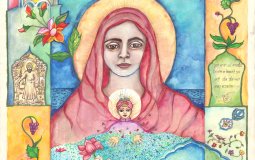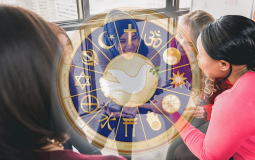The Sikhs who have short hair are even asked how their hair is so short if they haven't had any haircut or a trim.
“You’ve never cut your hair? Not even a trim?” These are some questions that almost every Sikh must have encountered. If you are Sikh, there are positive chances that you are even nodding your head. Well, the Sikhs who have short hair are even asked how their hair is so short if they haven't had any haircut or a trim.
She stated that no other government position permitted her to keep her hair during training. It was only CSD who permitted it.
A six-year-old was given the assignment to write about how his family celebrates their holidays in December. He chose the topic Shahadat of Sahibzade, which depicted the martyrdom of the four sons of Guru Gobind Singh Ji. When asked why he chose this topic, the child smiled and said,
To my surprise and delight, we then see 20 more profiles of contemporary Sikh women, some young and some old, told with loving anecdotes of their lives. This is a wonderful book - inspiring, real, and long overdue! All of our sons and daughters should read this book and appreciate the contribution of their sisters and mothers with love. It is my prayer that we see many, many more books about this important topic.
Mai Bhago grew up in a devout Sikh household where the Sikh tradition of valor was imparted early. As a young girl, she most likely heard about her family’s relationship with the Gurus, along with the martyrdom of Guru Arjan Sahib Ji, the wars of Guru Hargobind Sahib Ji, and Mughal injustices.
Equality for women has always been one of the main attributes of Sikhism, and a great number of women have made significant contributions in the past. Sikh history is replete with exemplars that portray women as equal to men in service, devotion, sacrifice, and bravery.
The International Day for the Elimination of Violence against Women launched sixteen days of activism ending on friday, December 10th, International Human Rights Day.
Why are our turbans gendered as superficial, fashionable, or decorative just because we wear makeup or dance—while men’s turbans are perpetual symbols of honor, pride, their dedication to their faith? We are harshly policed for how we look, how we dress, how we act, while we practice our Sikhi. Yet, regardless of what harm or violence they inflict, cis men do not seem to be.
All of these lessons I have come to embrace and recognise in my 26 years of existence as an evolving Kaur. Like little notes to Self, I hope they serve you too.










